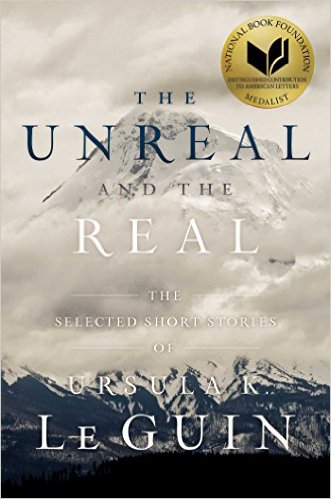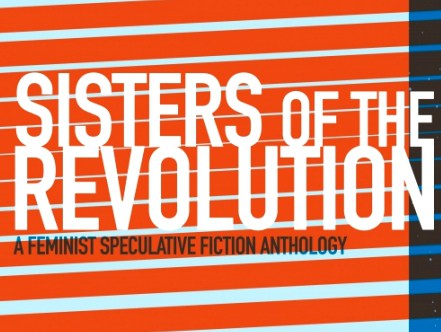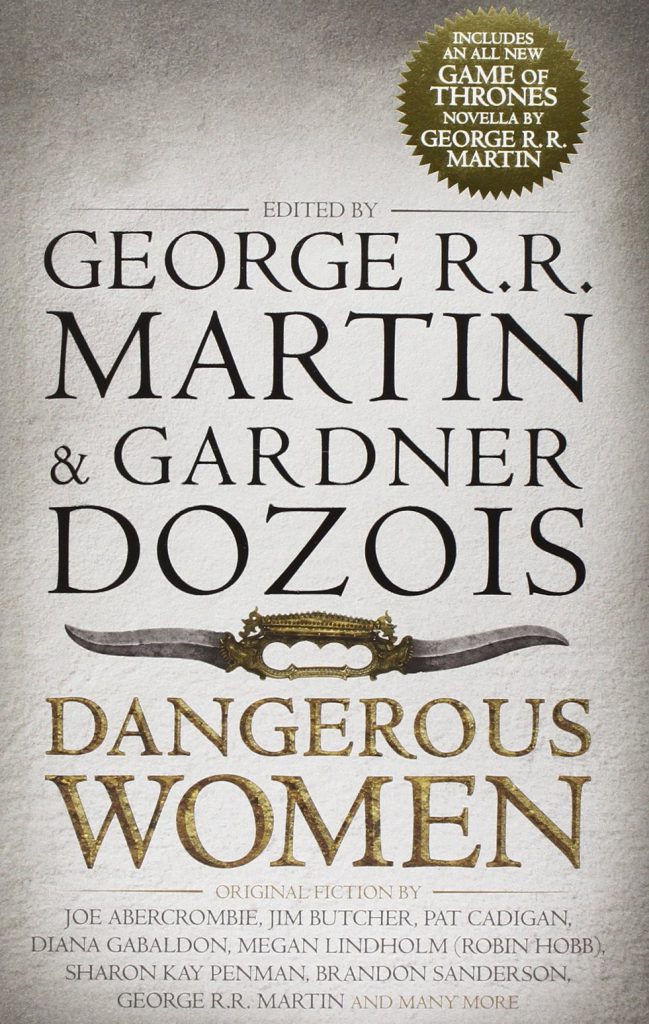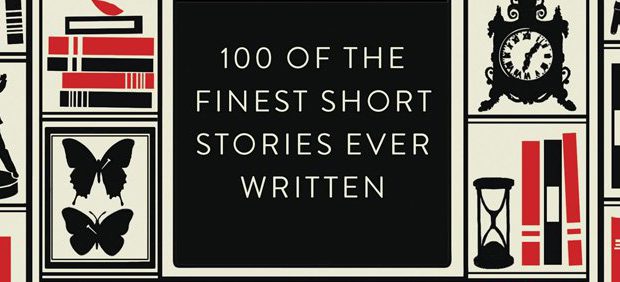I’ve only recently started to appreciate collections of short stories. While I’ve always enjoyed short stories as individual entities, sitting down to read bite-sized stories never really appealed to me. Instead, I always preferred to get stuck into a novel, something long enough to really engage me, allowing me to grow attached to the characters and settings over the course of tens of thousands of words. But with age comes changing preferences. My reading palette is broadening and I can see the merits of excellent short story collections. But what makes a great collection?
Variety of style and voice
 My first forays into short story collections were single-author publications. Sometimes these might be a dedicated short story publication, with the author crafting the story specifically for the collection, or it might be a collected ‘best of’ type piece, bringing together short works that have been published all over the place. It’s the latter I tend to find more interesting for the same reason I prefer edited collections of short stories (with works from a large variety of authors generally framed around a theme) – variety. A single author’s work all from the same time in their career is likely to become a tad homogenous.
My first forays into short story collections were single-author publications. Sometimes these might be a dedicated short story publication, with the author crafting the story specifically for the collection, or it might be a collected ‘best of’ type piece, bringing together short works that have been published all over the place. It’s the latter I tend to find more interesting for the same reason I prefer edited collections of short stories (with works from a large variety of authors generally framed around a theme) – variety. A single author’s work all from the same time in their career is likely to become a tad homogenous.
Casting the net wider than a single author also allows for greater representation within one book. You could have stories written by people from a wide variety of backgrounds, giving voice to often marginalised groups. Of course, this might be limited by the theme a collection is built around. For instance, a collection of stories by ‘African voices’ would necessarily require writers hailing from Africa, but could also include men and women, writers of different religions, age, economic circumstance, sexual orientation, and so on. Short story collections are great opportunities to include marginalised writers in major publications as well as giving readers insight into writing styles they might not otherwise have tried.
Reading complete short stories, one after the other in quick succession invariably fatigues the reader faster than a novel might. Their brains have to learn about new characters and worlds after every few thousand words. These worlds are even more difficult to keep track of when they are written in the similar style or voice, often the case with collections of works by a single author.
Thematic coherence
 While a collection of works by a group of students who all took the same course or published by the same publishing house or all nominated for the same award, etc have their merits, I’ve always found that collections centered around a theme are the most successful. Themes can be completely abstract, like ‘attic’, focused around a location (one tiny village) or event (Halloween), socially-minded/issue-led (feminism, refugees, LGBTQ+) … In other words, a theme can be anything. But it is that linking of very different ideas, voices, styles, and interpretations that draws the reader in.
While a collection of works by a group of students who all took the same course or published by the same publishing house or all nominated for the same award, etc have their merits, I’ve always found that collections centered around a theme are the most successful. Themes can be completely abstract, like ‘attic’, focused around a location (one tiny village) or event (Halloween), socially-minded/issue-led (feminism, refugees, LGBTQ+) … In other words, a theme can be anything. But it is that linking of very different ideas, voices, styles, and interpretations that draws the reader in.
The obvious problem for the editors becomes ‘how opaque or tenuous can the link to the theme be?’ Writers are strange creatures, and when they let their imaginations take over, their stories can take on bizarre forms. One writer might take a theme or writing prompt and stick with it quite literally, another might play word association with the original idea and find themselves somewhere very different. This is obviously a subjective call for the editors, something that may simply come down to them asking ‘does it feel like it belongs’ (yes, honestly, it really can be that abstract and subjective). At the end of the day, as long as your reader doesn’t feel that none of the stories remotely relate to the purported theme of the collection, you’re probably doing ok.
Inclusion of a gut-punch story
 When it comes to making a judgement on how ‘good’ a short story collection is, beyond the basics of feeling as though the stories were well-written and interesting, it comes down to what sticks with you. That might sound obvious, but it is hard to get right. Most short story collections will have the reader thinking about a topic from different angles, an experience of exploration, but those that manage to include one or two gut-punching stories are the ones that truly elevate themselves above the masses. What do I mean by that? Stories that stick with you long after you’ve finished a collection. Those stories that managed to tap into something that really spoke to you, asking questions that leave your mind churning over and over. A great short story collection will include several stories that will continue to haunt you long after you’ve put the book down.
When it comes to making a judgement on how ‘good’ a short story collection is, beyond the basics of feeling as though the stories were well-written and interesting, it comes down to what sticks with you. That might sound obvious, but it is hard to get right. Most short story collections will have the reader thinking about a topic from different angles, an experience of exploration, but those that manage to include one or two gut-punching stories are the ones that truly elevate themselves above the masses. What do I mean by that? Stories that stick with you long after you’ve finished a collection. Those stories that managed to tap into something that really spoke to you, asking questions that leave your mind churning over and over. A great short story collection will include several stories that will continue to haunt you long after you’ve put the book down.
What will click with audiences is difficult to predict. All an editor can do is go with their gut.
 Pop Verse Pop Culture Universe
Pop Verse Pop Culture Universe







If you haven’t already read it, you should try “Three Moments of an Explosion”, a collection of short stories by China Miéville. It’s a single-author collection (obviously!) but he manages to keep it exciting. Possibly the best collections of shorts I’ve come across.